In the bustling digital landscape, mastering SEO stands out as a pivotal skill for anyone serious about digital marketing. Grasping the nuances of SEO enables brands to fine-tune their online strategy, ensuring that every piece of content – be it an article, video, or infographic – aligns with current best practices. SEO, marketing, and content go hand in hand:
- SEO helps amplify your content’s visibility.
- Marketing strategies lean heavily on SEO for improved reach.
- Quality content is the backbone that boosts both SEO and marketing.
But why stop at mastering just SEO? Dive deep into the Plerdy tool – an unmatched resource for CRO & UX optimization, ensuring not just traffic, but also quality engagement. Ready to tap into the power of cohesive digital strategy? Embrace the synergy of SEO, marketing, and content – and get ready to experience amplified results 🚀✨📈.
What is SEO?
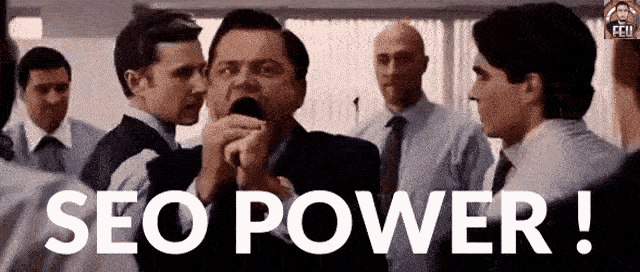
In today’s digital-driven age, SEO remains a cornerstone of effective online marketing. SEO – or Search Engine Optimization – is the art of tweaking your digital content to rank higher on search engines. This isn’t just about sprinkling keywords throughout your content; it’s about understanding the intent behind those keywords and crafting content that meets those needs.
Let’s break down the triad of SEO, marketing, and content:
- SEO: Optimizing a bakery’s website, for instance, so that it appears at the top when someone types “best chocolate chip cookies in town.”
- Marketing: Leveraging SEO to push a campaign, like a sneaker brand targeting urban millennials.
- Content: Writing an engaging blog post about sustainable farming practices for an organic food store, ensuring it’s optimized for relevant keywords.
SEO and marketing feed off each other. For instance, when launching a marketing campaign for eco-friendly swimwear, SEO ensures your content reaches its intended audience. Meanwhile, the right content guarantees that the audience remains engaged. Strong SEO practices combined with potent marketing strategies, backed by engaging content, lead to a synergy that drives organic traffic, captivates audiences, and ultimately boosts conversion rates. Dive into the synergy of SEO, marketing, and content, and experience the unparalleled power of digital dynamism. 🚀✨📈.
The Importance of SEO in Digital Marketing

SEO in digital marketing is more than just a tactic; it’s the backbone that holds your entire online strategy upright. Often likened to a backstage maestro, SEO orchestrates multiple aspects—website layout, content quality, user experience—to make sure you don’t just appear in search engine results, but you show up primed to perform.
Case in point, niche industries:
- Healthcare: SEO can help promote telehealth services, connecting specialized practitioners with patients in need.
- SaaS Companies: Leveraging technical SEO can significantly reduce bounce rates, keeping users engaged with intuitive interfaces and quick page load times.
- Tourism: Optimizing for local SEO can put small tourist spots on the map, figuratively and literally.
It’s not just about getting eyes on your website; it’s about getting the right kind of eyes. With search engines serving up personalized results, your potential reach isn’t just broad—it’s laser-targeted. Utilize SEO to zero in on your demographic and speak their language, be it through culturally-relevant content or market-specific jargon.
Integral parts of the SEO machinery include:
- On-page elements: Think strategically positioned keywords, meta titles that pack a punch, and gripping, informative content.
- Off-page elements: Build authentic relationships with authoritative websites, cultivate a lively social media following, and earn those hard-won backlinks.
- Technical elements: Streamline your site structure, enhance mobile responsiveness, and trim down page load times to keep the user’s journey smooth.
SEO seamlessly melds with other forms of digital marketing. Email campaigns pull better engagement rates when they drive traffic to an SEO-optimized landing page. PPC ads garner more clicks when the linked website offers an excellent user experience, validated by its SEO credentials.
SEO-digital marketing convergence is greater than its parts. Optimizing for search engines enriches the user experience, while a well-rounded digital marketing strategy amplifies your SEO efforts. It’s not just synergy—it’s a self-reinforcing cycle of continuous improvement. Master the intricate choreography between SEO and digital marketing, and you’ll not only capture but captivate your audience.
The Elements of SEO in Digital Marketing
Deciphering the intricate tapestry of “What Is SEO in Digital Marketing?” offers invaluable insights for anyone eager to thrive in the online marketing arena. By meticulously breaking down each component—from algorithmic nuances to content strategy—you’re essentially mapping out the DNA of your digital marketing success. It’s akin to finding the Rosetta Stone for the modern marketer; crack the code of SEO and your content is not just a message in a bottle, it’s a billboard on the information superhighway.
The Mechanics of SEO in Digital Marketing
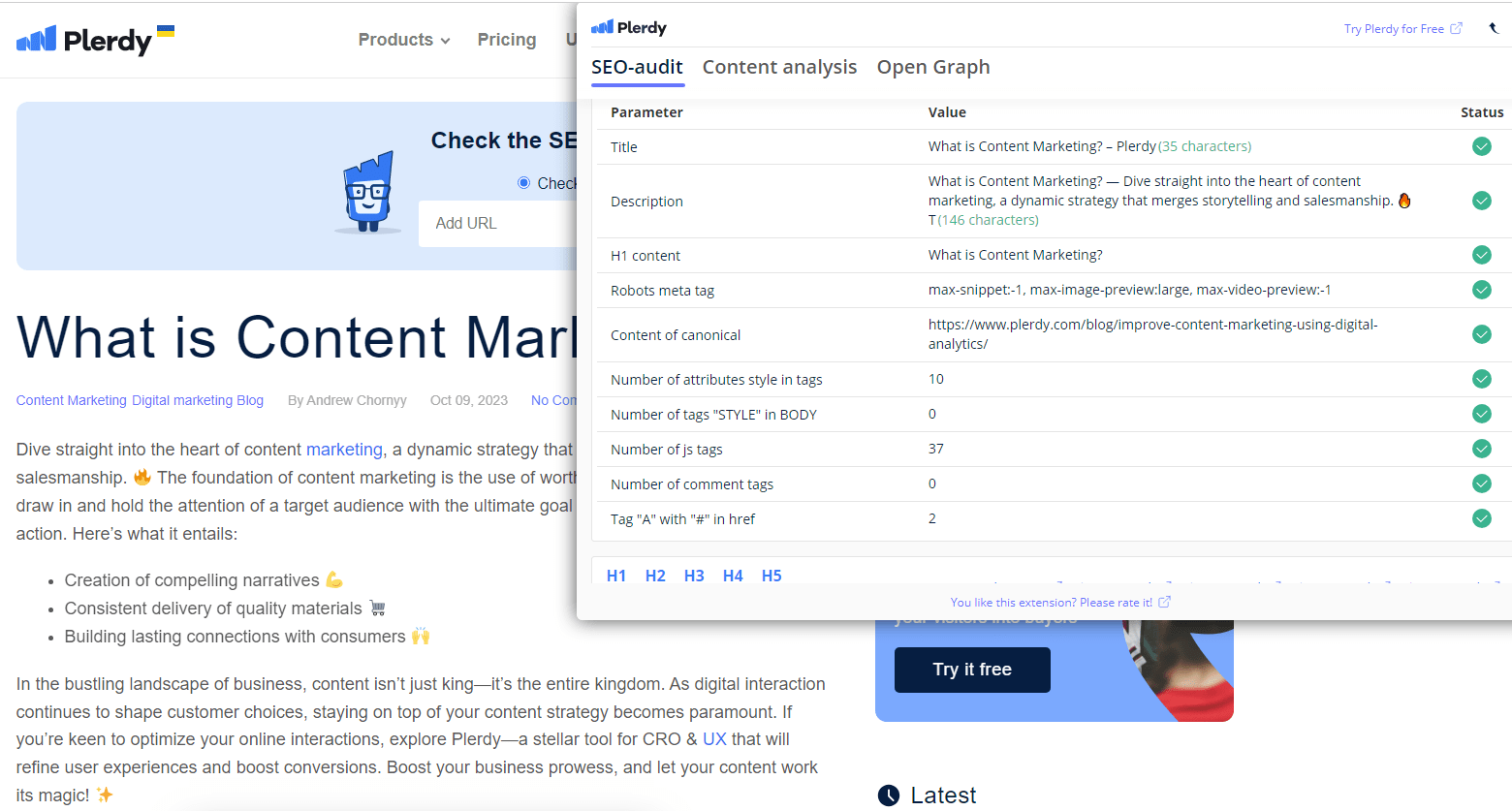
When diving into the mechanics of SEO in digital marketing, one quickly realizes that it’s a powerful engine that drives online visibility. At its core, SEO focuses on optimizing content to rank higher on search engines. But how does this integration of SEO, marketing, and search truly function?
Consider these examples:
- SEO: Enhancing a local jeweler’s website to ensure it pops up first when someone punches in “sustainable diamond rings.”
- Marketing: Rolling out a digital campaign for a boutique hotel in Miami, leveraging SEO to attract tourists searching for unique experiences.
- Search: Crafting a blog post for a vegan café, tuned perfectly to what health-conscious individuals type into search bars.
These components interweave to create a robust digital framework:
- Harmonized Strategy: Ensuring marketing campaigns align with SEO to get the maximum reach in search results.
- Content Optimization: Fine-tuning content, such as for an indie bookstore, to align with what book enthusiasts are currently searching for.
- Analysis & Adaptation: Tracking how specific SEO efforts boost marketing campaigns and tweaking them to mirror search trends.
By understanding the interplay between SEO, marketing, and search, brands can navigate the digital seas with precision, ensuring they not only reach their target audience but also engage them in meaningful ways. Dive into this synergy and tap into the true potential of online engagement. 🚀✨📈.
On-Page vs Off-Page SEO in Digital Marketing
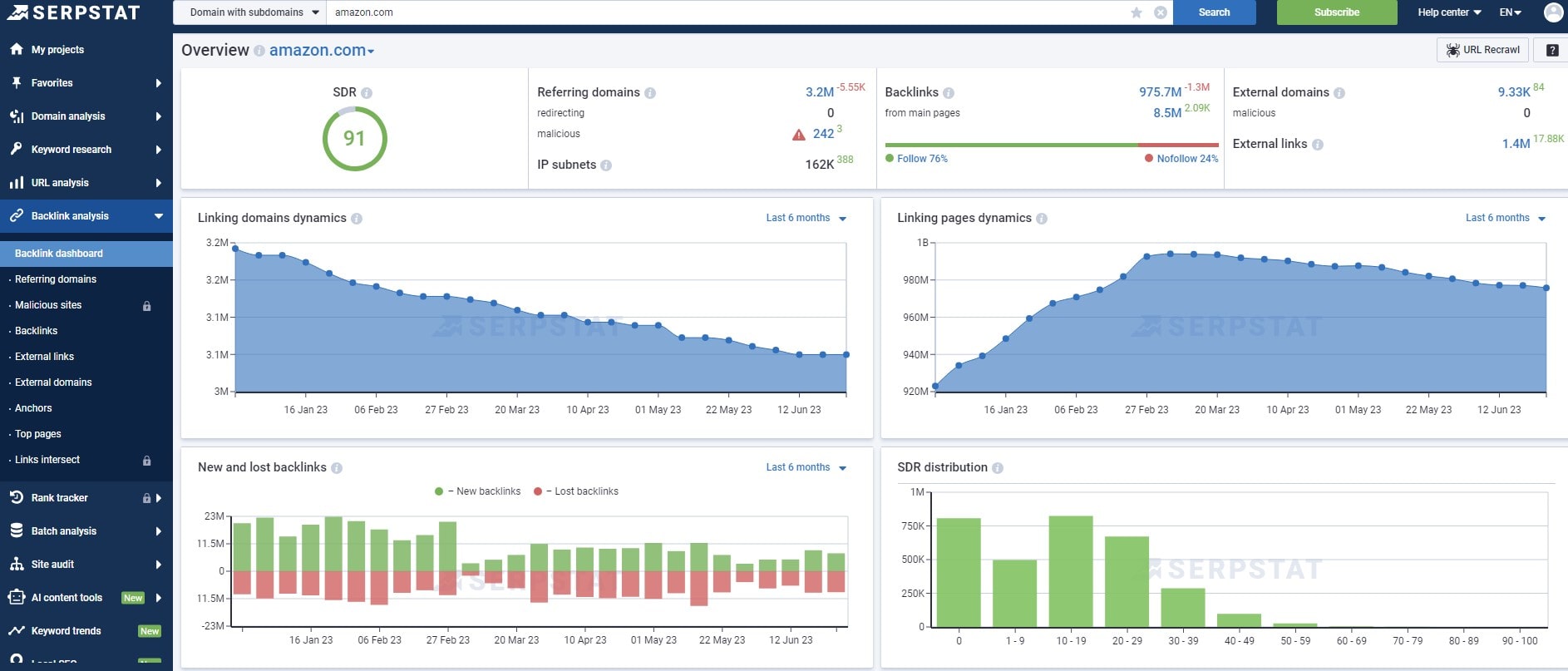
Mastering SEO is like fine-tuning an instrument: Each component must harmonize for the optimal melody to emerge. On-Page and Off-Page SEO in digital marketing are the two principal halves of this harmonious whole, serving as critical elements that can make or break your website’s performance in search engine rankings.
For instance, consider the automotive industry:
- On-Page SEO: Crafting compelling content around key topics like “electric cars vs. gas cars” or “most reliable SUVs” can capture user attention.
- Off-Page SEO: Receiving backlinks from authoritative automotive publications can propel a site’s search engine standing.
On the one hand, we have On-Page SEO, the self-contained maestro, keen on:
- Meta Descriptions: Short, impactful text that teases the user into clicking.
- Header Tags: Hierarchical placement from H1 to H6, forming the skeleton of your content.
- Internal Linking: Strategically positioned links that guide users to other relevant pages within your site.
- Keyword Optimization: Skillful embedding of target keywords without devaluing the readability of the content.
On the other hand, Off-Page SEO is the social networker, focusing on:
- Backlinks: High-quality links from authoritative websites that serve as endorsements.
- Social Signals: Shares, likes, and mentions on social platforms that amplify online visibility.
- Reviews and Testimonials in digital marketing: Customer-generated content that not only boosts credibility but also has the potential for keyword relevance.
In the hospitality sector, for example:
- On-Page SEO can involve optimizing menu pages, offering virtual tours, or showcasing testimonials.
- Off-Page SEO could mean partnering with travel bloggers or local businesses, amplifying your reach and credibility simultaneously.
Both sides of the SEO coin intermingle and complement each other. A stellar On-Page strategy needs the amplification that a rigorous Off-Page plan provides. Think of it this way: your website is the stage, On-Page SEO is the performance, and Off-Page SEO is the marketing that gets people in the door. Neglect one, and the entire ensemble falls flat.
To achieve a symphonic blend of On-Page and Off-Page SEO, you’ll need to implement a well-orchestrated strategy that employs both in a cohesive, effective manner. Only then can you deliver a performance that not just captivates but converts.
Role of Content in SEO and Digital Marketing
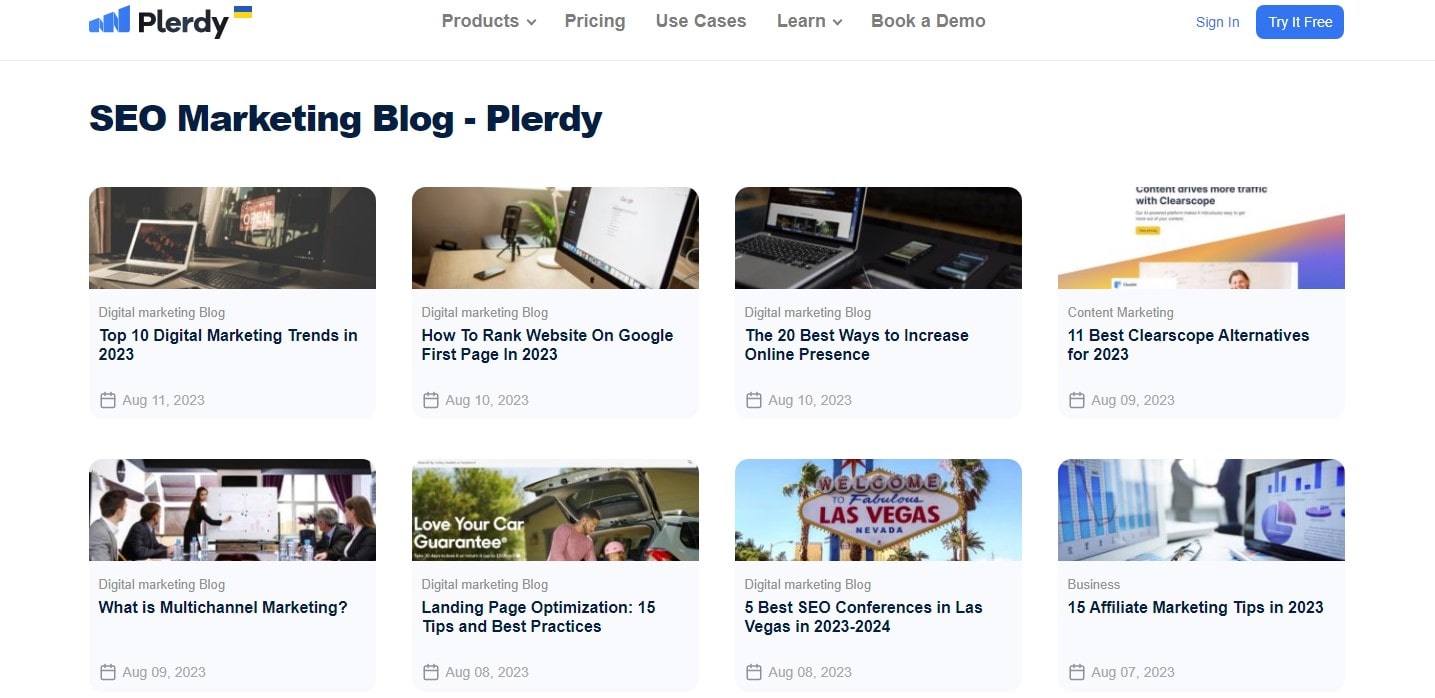
In the pulsating heart of digital marketing, content stands as a powerful force, intricately intertwined with SEO. It’s the lifeline that breathes life into marketing strategies, empowering brands to climb the ranks of search results.
Dive into the food blogging sector, and it becomes crystal clear:
- Engaging Write-Ups: A tantalizing review of a vegan burger joint not only draws in plant-based enthusiasts but, with SEO best practices, ensures the post rises in search results.
- Interactive Infographics: A well-designed visual showcasing ’10 Best Superfoods’ might go viral, amplifying both the blog’s reach and its search visibility.
- Video Content: An engaging walkthrough of a bustling farmer’s market, optimized with SEO-friendly descriptions and tags, captivates audiences while boosting search relevance.
Similarly, for a sustainable fashion brand:
- In-depth Articles: Comprehensive pieces on sustainable fabrics not only educate but, when SEO-aligned, direct eco-conscious shoppers through search.
- Customer Testimonials: Genuine feedback, peppered with keywords, builds trust and search credibility.
- Instructional Guides: How-to care for organic cotton, optimized for search, elevates both brand authority and search prominence.
Content, fueled by precise SEO strategies, drives the narrative in digital marketing, ensuring stories resonate in the cacophony of the online landscape. By marrying compelling content with meticulous SEO and laser-focused marketing, brands carve out a niche, making waves in search results, capturing minds and markets alike. 🚀✨📈.
SEO Tools and Software in Digital Marketing
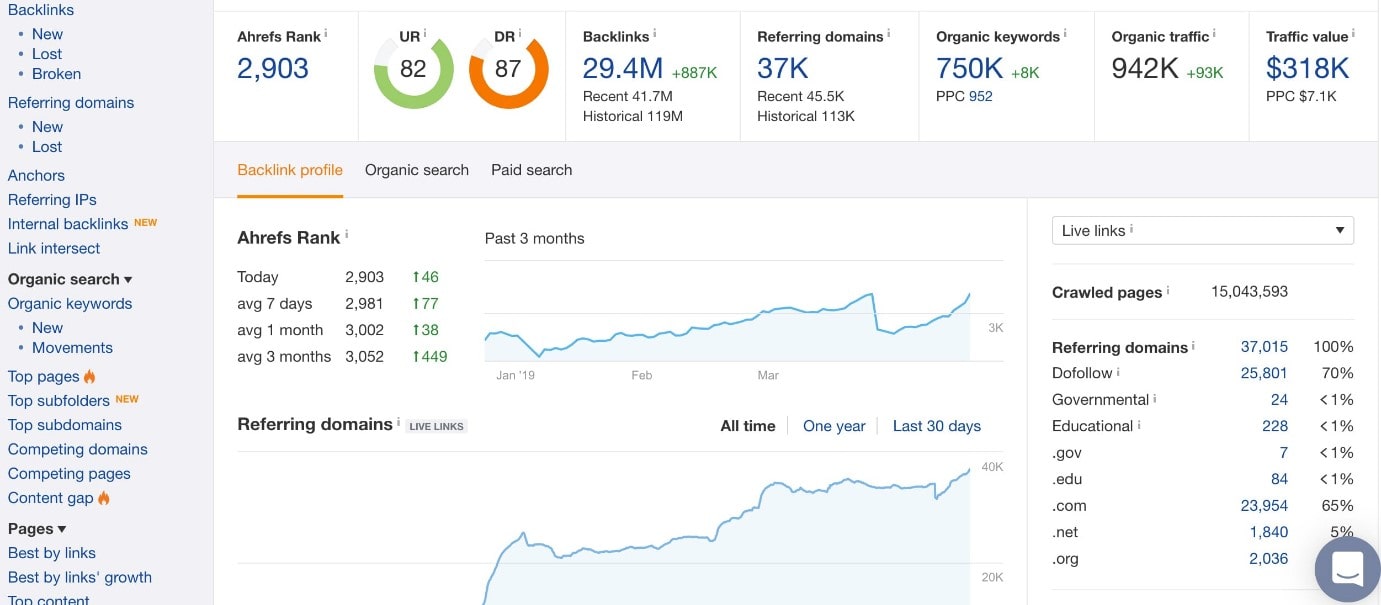
In the quest for SEO dominance, tools and software serve as your indispensable sidekicks. Think of them as the pit crew in a car race—keeping your SEO engine humming while ensuring every part of your strategy synchronizes seamlessly. Whether you’re in the e-commerce sector or running a local bakery, these utilities are key to unlocking your website’s full potential.
For a glimpse into their utility, consider a digital marketing agency:
- Keyword trackers measure campaign effectiveness, breaking down metrics to tweak strategies for clients across diverse industries.
- Site crawlers like Screaming Frog dissect website architecture to root out glitches that could dent search engine performance.
Key tools to zero in on:
- Google Analytics: Your data powerhouse for visitor analytics, bounce rate, and engagement metrics.
- Ahrefs: A backlink profiler that pinpoints link-building opportunities and tracks your competitors.
- Moz: An all-in-one SEO suite in digital marketing that assists with keyword optimization, site audits, and more.
- SEMrush: Geared towards competitor analysis, it furnishes insights on search rankings, organic traffic, and ad strategies.
The applications are limitless. For instance, SaaS companies use tools such as SEMrush to conduct thorough competitor analysis, discover industry-specific keywords, and carve out a unique market position. Conversely, a healthcare blog might leverage tools like Yoast SEO to optimize content for readability and keyword relevance.
Why settle for a toolkit when you can have an entire toolshed? Combining different utilities amplifies your capabilities. Integrate Ahrefs for backlink analysis with Google Analytics for a comprehensive view of user engagement and traffic sources. Supplement them with Moz to harmonize keyword strategies and assess your website’s overall SEO health in digital marketing.
The synergy of SEO tools and software functions as the backbone for any high-performing website. From keyword identification to backlink generation and from user experience evaluation to competitive insight, these assets streamline your SEO operations. They wrap your objectives into a manageable framework, letting you execute strategies that not only capture but also sustain top search engine positions.
So, embrace these digital accomplices and let them turn the cogs of your SEO machine with precision. With the right tools at your disposal, your website can accelerate from merely visible to utterly unmissable.
SEO Best Practices in Digital Marketing
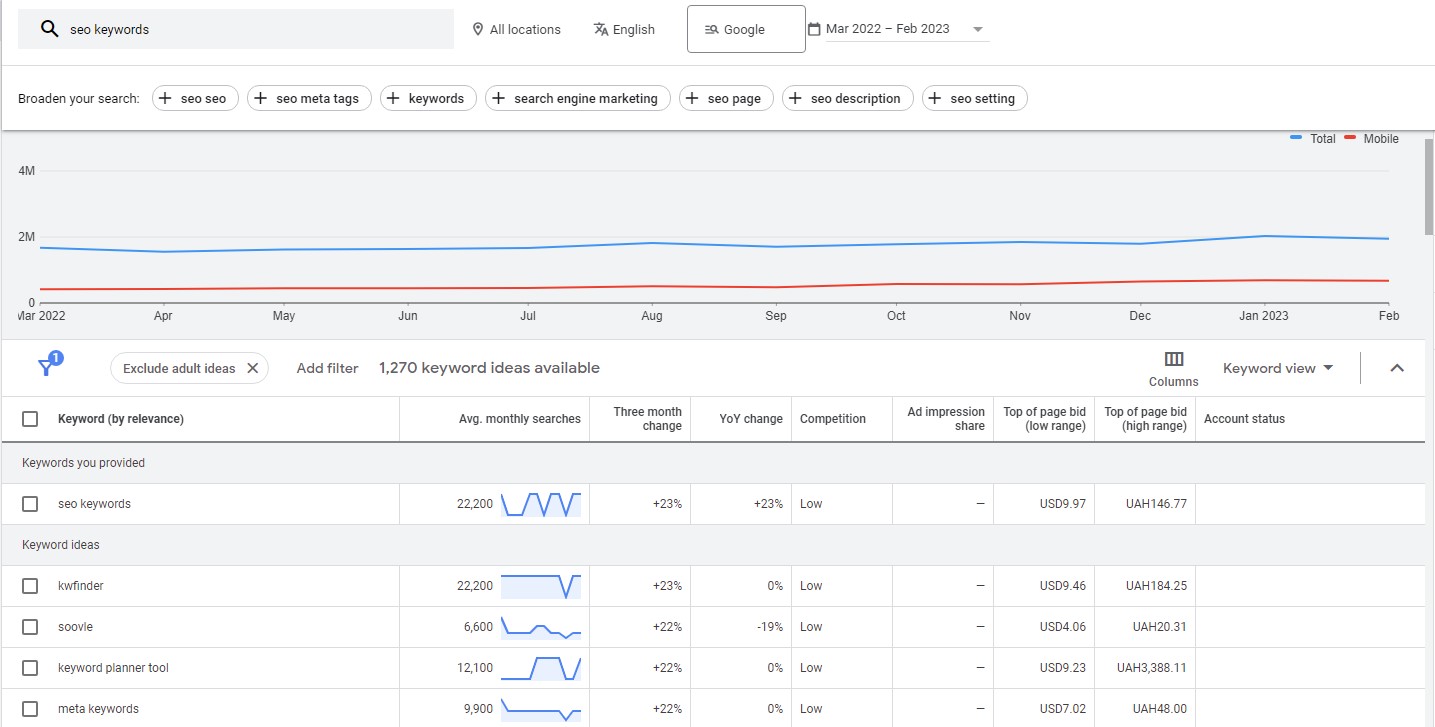
In the intricate dance of digital marketing, mastering SEO becomes a pivotal move to outshine competitors. With a landscape ever-evolving, brands hone in on SEO strategies, ensuring they remain at the forefront of search results.
Take the niche of boutique coffee roasters, for instance:
- Keyword Optimization: Pinpointing specific phrases like “organic dark roast” or “single-origin espresso beans” gives them an edge in search.
- High-Quality Backlinks: Collaborating with renowned barista bloggers for guest posts amplifies both credibility and search rank.
- Engaging Meta Descriptions: Crafting concise yet captivating meta descriptions entices coffee aficionados to click through in search results.
Delving into sustainable travel agencies:
- Local SEO: Zeroing in on local keywords like “eco-friendly Asheville retreats” helps them pop up when travelers scout for green getaways.
- Mobile Optimization: Ensuring a seamless experience for those plotting their next adventure on-the-go boosts both user experience and search standing.
- User-Focused Content: Crafting in-depth guides on sustainable travel boosts authority, serving travelers while spicing up search relevance.
By weaving together astute SEO tactics with sharp marketing insights, brands light up the digital space, ensuring their stories echo loud and clear. Seamlessly merging marketing and SEO, they pave a path to consistently rank high, pulling in intrigued audiences from every search corner. 🌐🚀📊.
Pitfalls and Common Mistakes in Digital Marketing
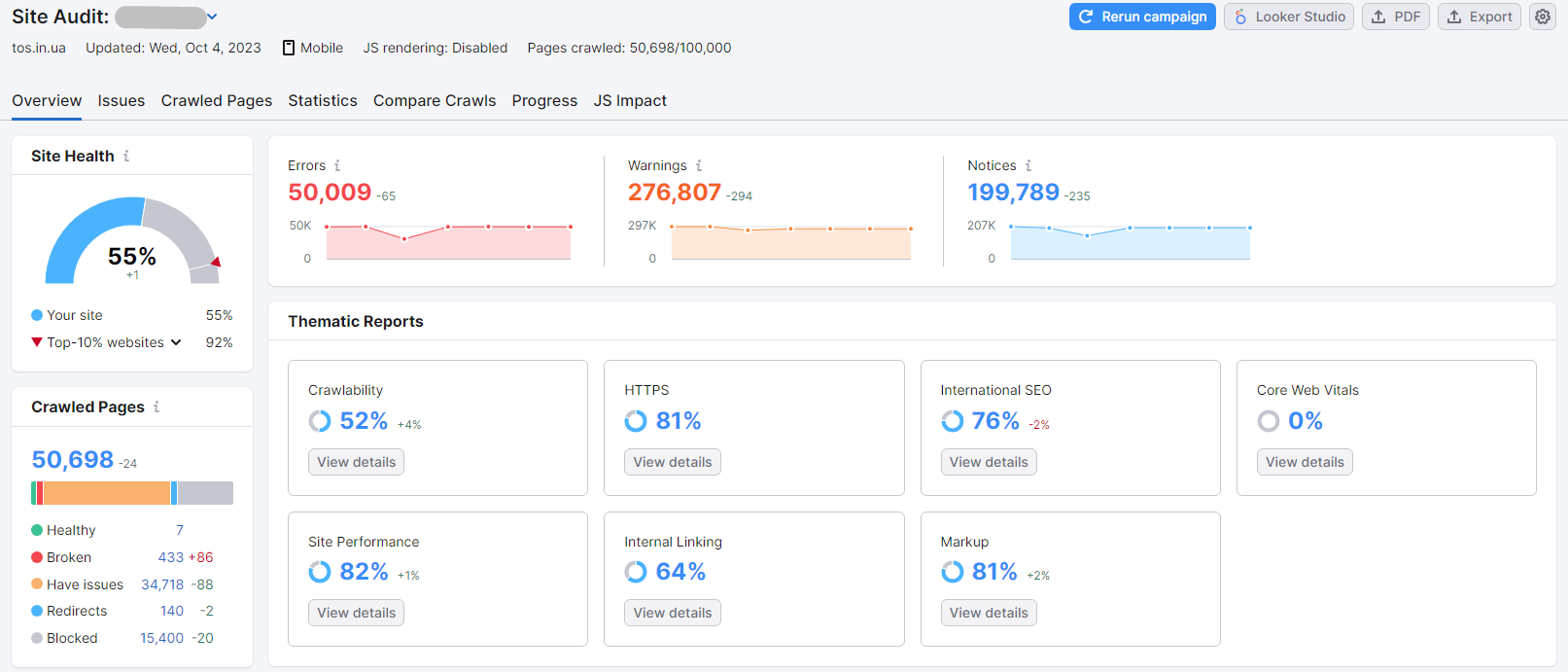
Navigating the seas of digital marketing often involves dodging icebergs of missteps, especially in the intertwined areas of seo, search, and broader marketing strategies. Brands, regardless of niche, can easily stumble into common pitfalls that disrupt their digital presence and performance.
Reflect on the fitness industry:
- Over-Optimization: Aiming for the top spot in search results, some might overstuff content with terms like “best home workout” – triggering search engines to flag the content as spam.
- Ignoring User Intent: While a protein supplement site might rank high for “muscle-building secrets”, if the content doesn’t match what users expect, bounce rates spike, hurting seo performance.
- Neglecting Analytics: Without tuning into search data, marketers might miss out on trends, leaving potentially impactful marketing campaigns on the drawing board.
Zoom into the realm of artisanal candle makers:
- Broad Keyword Targeting: Aiming for generic terms like “best candles” can put them against giants, wasting marketing resources, instead of zoning in on niches such as “hand-poured lavender candles”.
- Overlooking Mobile SEO: As consumers increasingly shop for cozy home goods on-the-go, failing to optimize for mobile search can snuff out potential sales.
- Inconsistent Branding: From search results to product pages, inconsistent messaging can confuse potential customers, diminishing the marketing impact.
By sidestepping these mishaps, brands can craft a digital marketing strategy that shines brightly, drawing audiences from all corners of the search spectrum, and converting them into loyal patrons.🌐🔍🚀.
How to Measure SEO Success in Digital Marketing
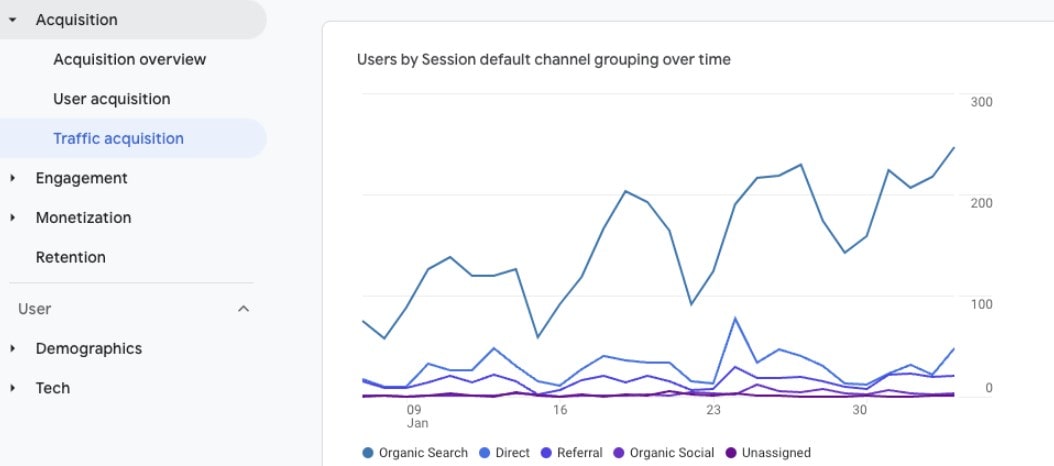
When you invest time and resources into SEO, it’s crucial to track your returns meticulously. But measuring SEO success isn’t about checking a box; it involves a multi-dimensional analysis across several key performance indicators. Let’s delve into how you can gauge the impact of your efforts, whether you run an e-commerce giant or a local coffee shop.
Key Metrics to Monitor:
- Organic Traffic in digital marketing: Witnessing a surge in unique visitors is a clear sign that your search optimization strategies are resonating. For instance, a fitness blog tracking a spike in traffic during New Year’s resolutions season can attribute that to effective SEO.
- Click-Through Rates (CTR): A robust CTR illustrates that your meta descriptions and titles are compelling enough to pull users in.
- Bounce Rates in digital marketing: High bounce rates could indicate irrelevant content or poor user experience. A real estate website with quick exits likely needs an overhaul in content strategy and website design.
- Conversion Rate: For an online bookstore, increasing sales of featured titles can directly correlate with well-executed SEO tactics like keyword optimization and quality backlinks.
- Page Load Time in digital marketing: Slow loading pages not only harm the user experience but also your search rankings. Optimize images and leverage browser caching to accelerate load times.
Consider two specific examples:
- Tech Startups: Use Google Analytics to observe behavior flows and drop-off points, enabling you to refine your funnel and minimize cart abandonment.
- Nonprofits: Track donation upticks after implementing SEO updates. More visibility usually results in more contributions, validating your SEO investment.
Tool Talk: Employ tools like SEMrush or Ahrefs for backlink analysis, keyword tracking, and competitor benchmarks. Google Search Console offers insights into organic search traffic, while Google Analytics specializes in user behavior metrics.
SEO success is not static; it demands continual adjustments in tune with algorithm shifts and consumer behavior. To stay ahead, adapt your strategy in real-time based on the analytics at your disposal. Optimization is a never-ending process. Whether adjusting meta tags or refining content, keep a close eye on your metrics and pivot as needed. It’s this incessant cycle of measurement, analysis, and adjustment that keeps your digital initiatives not just alive but thriving.
The Future of SEO in Digital Marketing
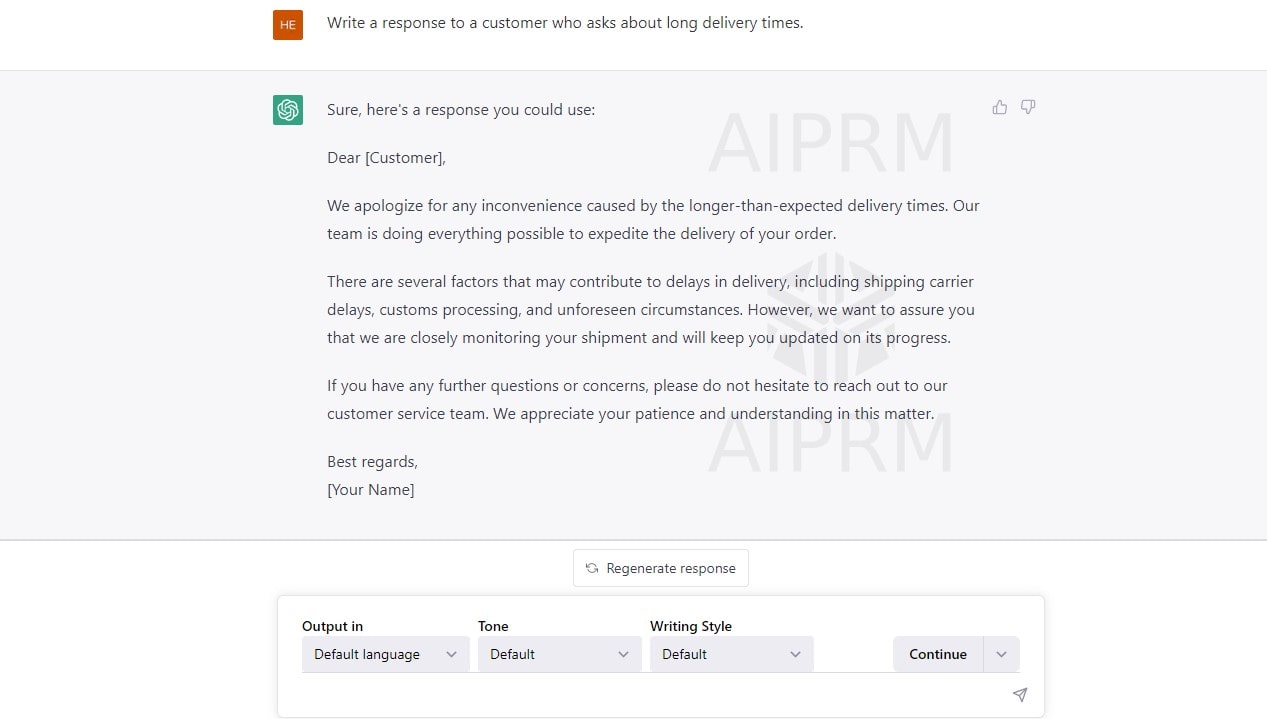
Hold onto your keyboards because the future of SEO is set to shake up conventional wisdom. We’re moving past simple keywords and backlinks; think voice search, Artificial Intelligence (AI), and even blockchain.
Emerging Trends to Keep an Eye On:
- Voice Search Optimization in digital marketing: Smart speakers are entering households at a rapid clip. E-commerce stores specializing in home goods should optimize for conversational queries like “best non-stick frying pans.”
- AI-Powered Algorithms: Google’s RankBrain employs machine learning to interpret search queries, pushing marketers to refine their content strategy.
- Blockchain: Aiding in data security, blockchain might become instrumental in verifying the quality of ads, especially for finance sector websites.
- User Experience (UX) Focus in digital marketing: Click-through rates and page time are becoming more important. For example, a travel blog with high user engagement will likely outperform competitors.
- Video SEO: With the proliferation of streaming services, optimizing video content has become indispensable. Health and fitness channels are jumping on this bandwagon, optimizing video titles and descriptions for search.
For Instance:
- The automotive industry can leverage AR (Augmented Reality) to offer virtual test drives, thereby boosting site engagement, a key ranking factor.
- Podcasters: More people now search for podcasts directly in Google. Optimize your podcast descriptions and titles to gain that coveted top spot in search results.
Tools for the Future:
Invest in advanced SEO software that incorporates AI analytics and predictive modeling. Platforms like Clearscope for content optimization or Frase for automating content briefs will be game-changers.
The pivot toward mobile optimization is also hard to ignore. Google’s mobile-first indexing means your website needs to be responsive and fast-loading on smartphones. Your online education portal or gourmet cuisine blog’s mobile functionality might make or break your search engine results.
In essence, the future of SEO lies in adopting a more holistic approach. It’s not just about words on a webpage anymore; it’s about crafting an interconnected web of content, user experience, and technology. Adaptability is key. In the fast-evolving landscape of digital marketing, those who fail to evolve will inevitably fall behind. Stay current on developments and technologies to guarantee your SEO strategy is future-proof.
Conclusion about SEO in Digital Marketing
Bravo—you’ve reached the end of this enlightening exploration into SEO in digital marketing. By now, you’ve recognized that melding technical elements, creative content, and data-driven strategies is similar to crafting an exquisite dish—a dash of algorithms here, a sprinkle of compelling content there, all brought together by a unique recipe of marketing strategies. ⚡
In this high-stakes symphony, every note counts. Whether your organization falls under the GmbH, LLC, or Limited category, each tool in your digital toolkit—from privacy policy adjustments to cookie storage considerations—directs the orchestra of your online visibility. These are not just bells and whistles; they are as pivotal as a concertmaster to an orchestra.
Steer through the dynamic waters of SEO with a tool that leaves no stone unturned. Enlist Plerdy for comprehensive SEO & UX analysis. It’s the GPS for your digital journey, assuring you stay on course while discovering uncharted territories of opportunity. ?️?
You’ve set your goals; you’ve invested in tools and tutorials; you’re armed with actionable insights. The runway is clear. Take off and let your well-optimized brand story unfurl across the limitless sky of digital possibilities. ⚡
